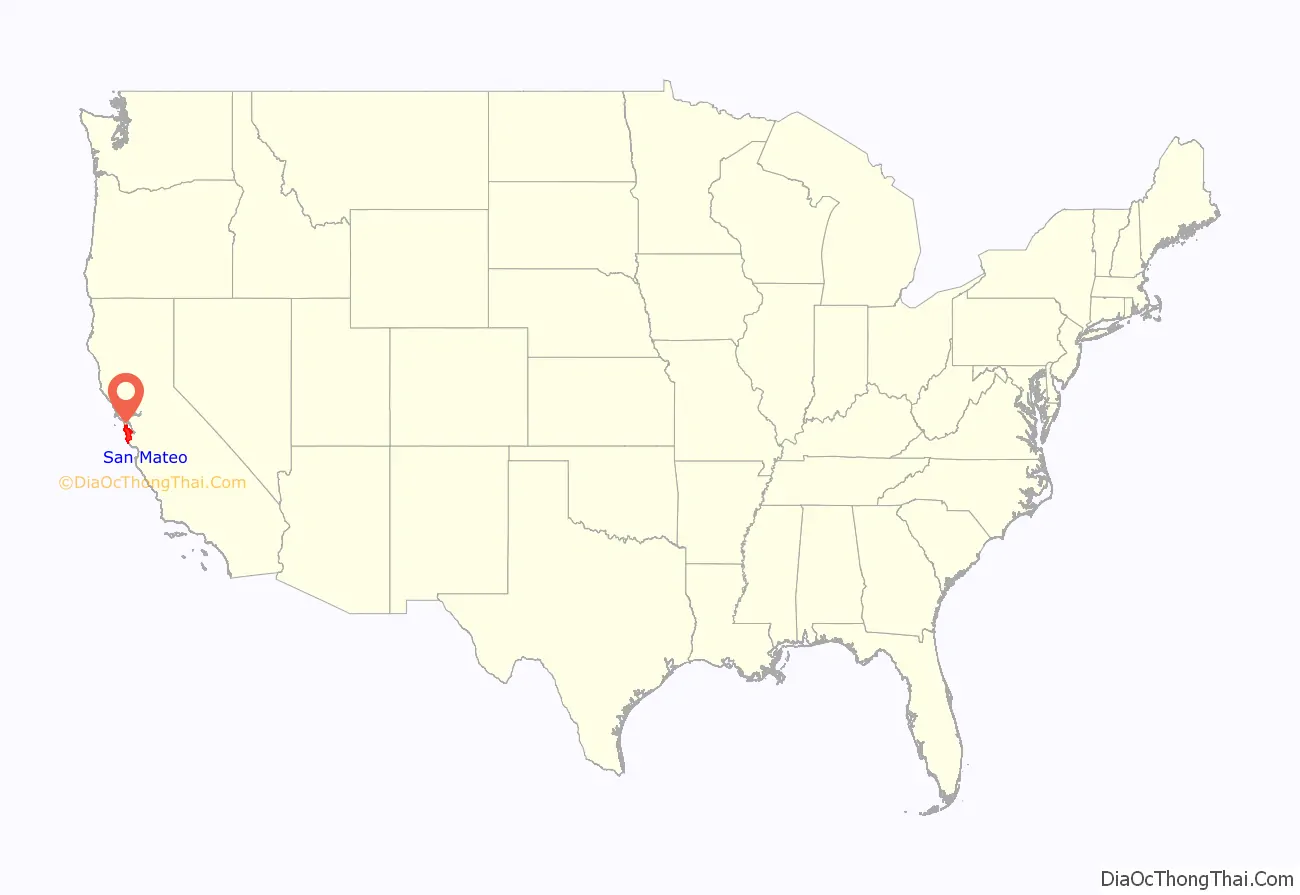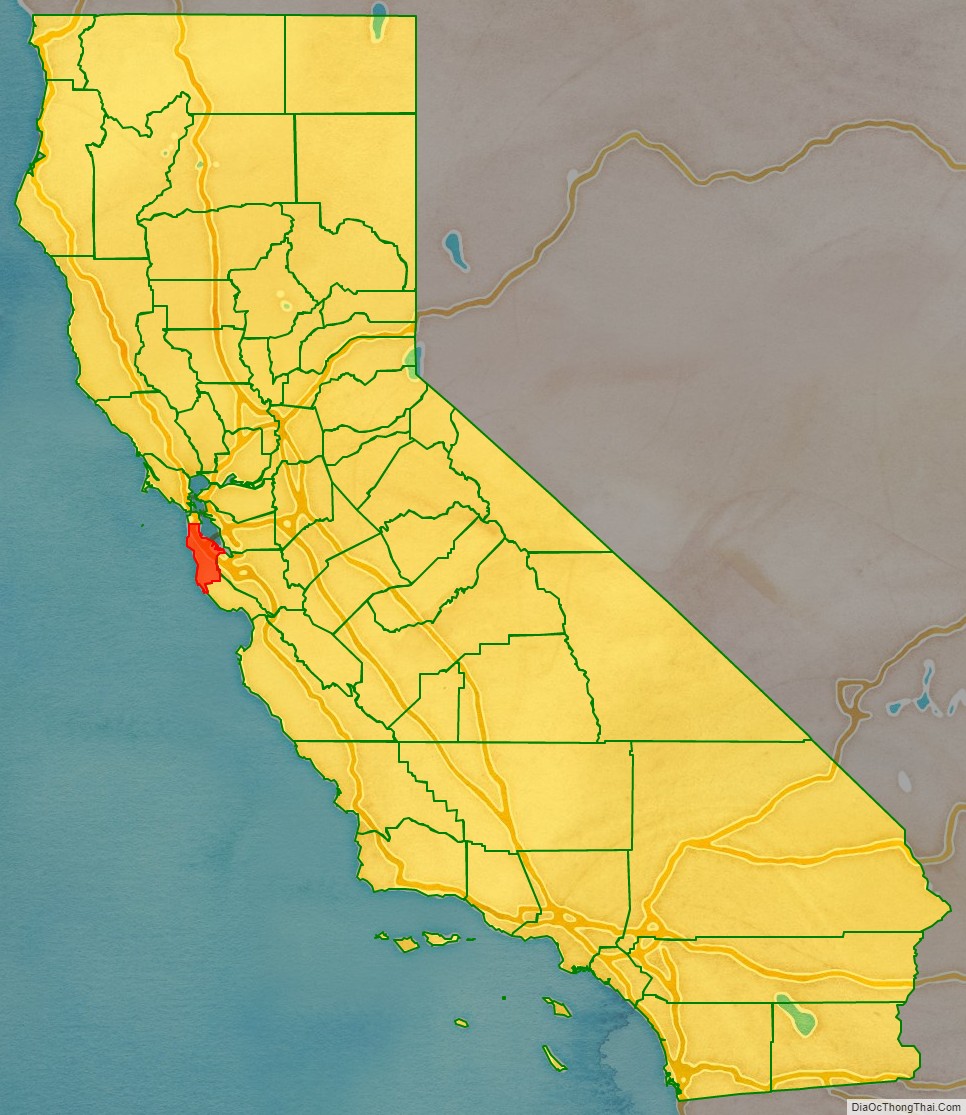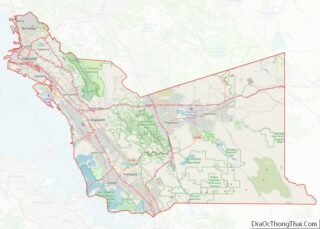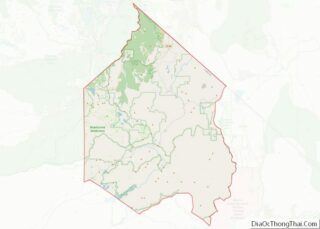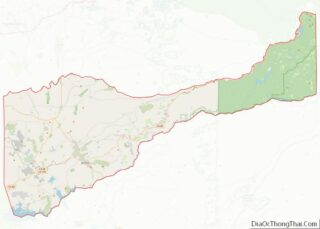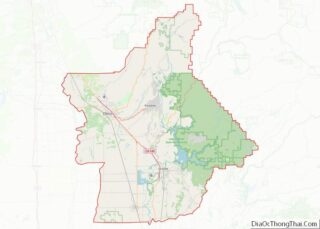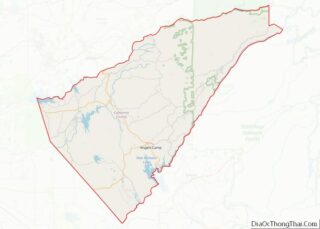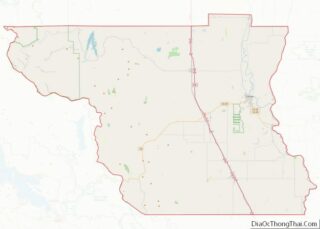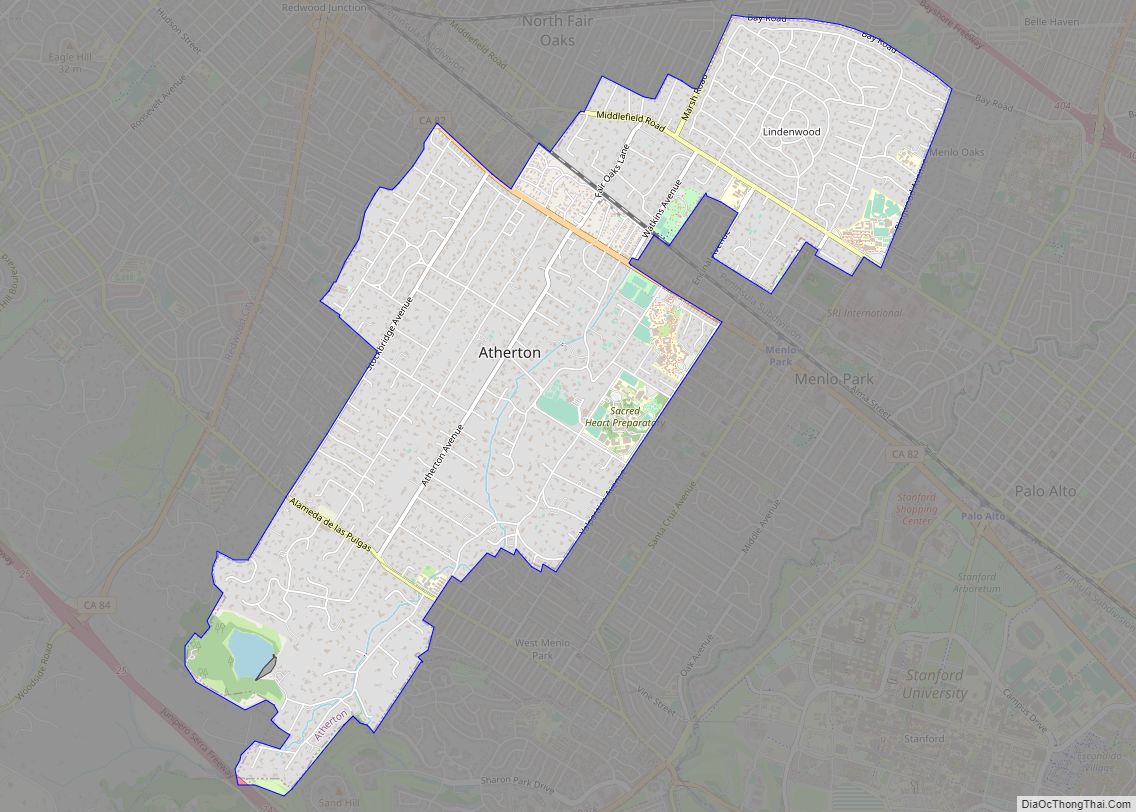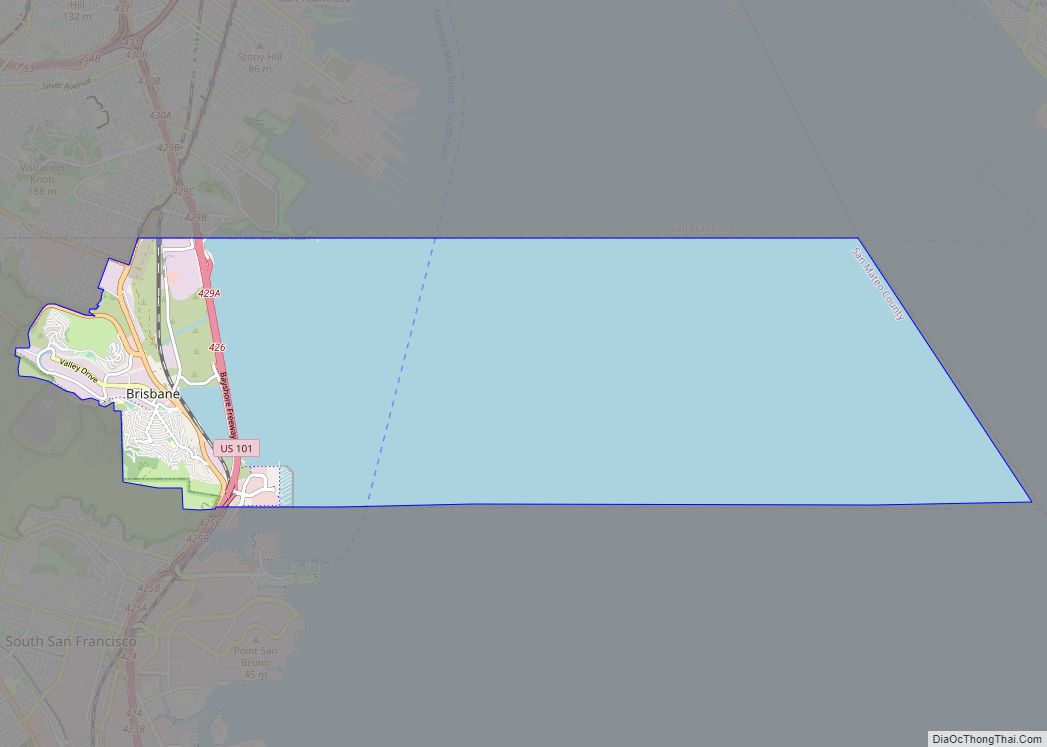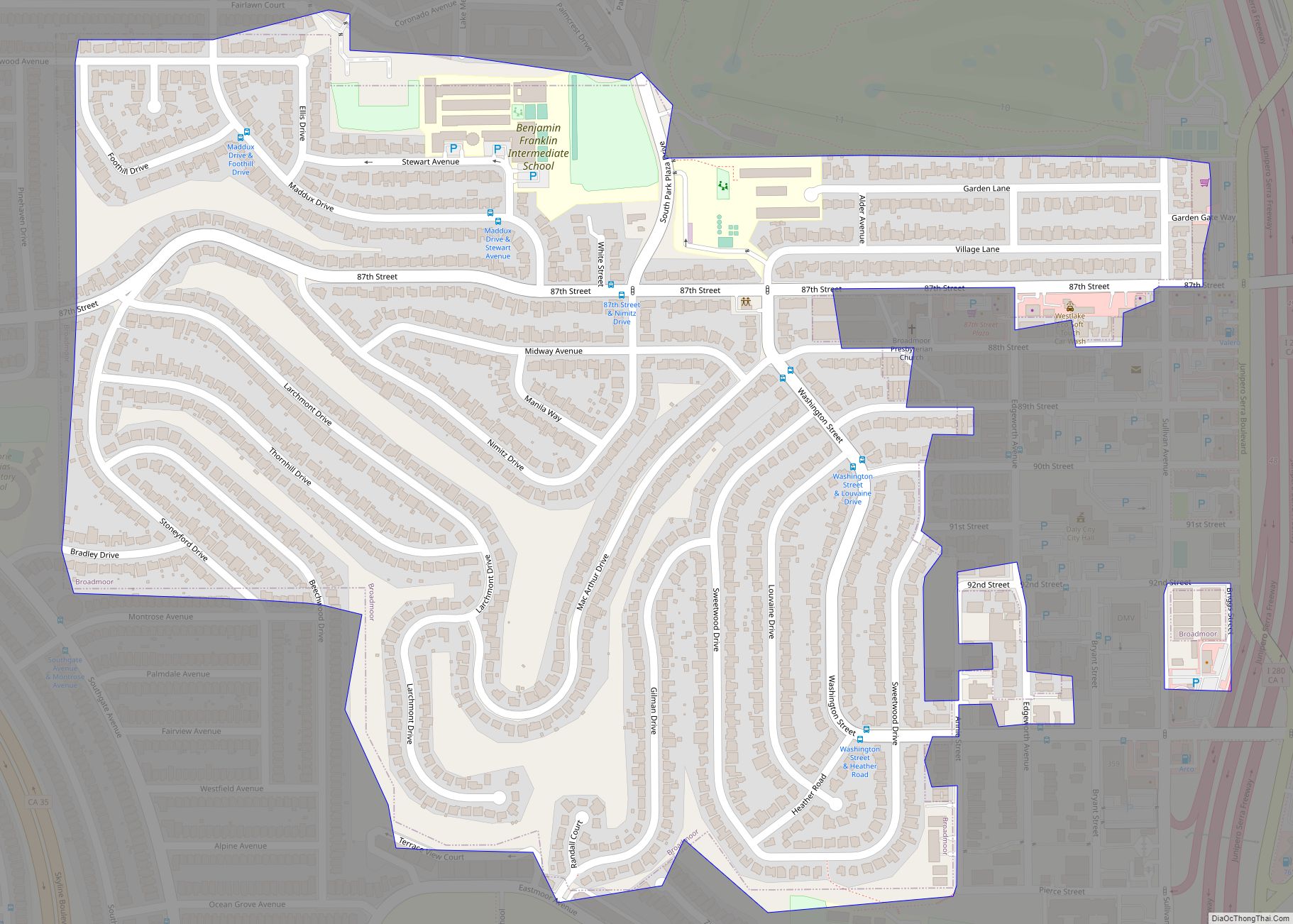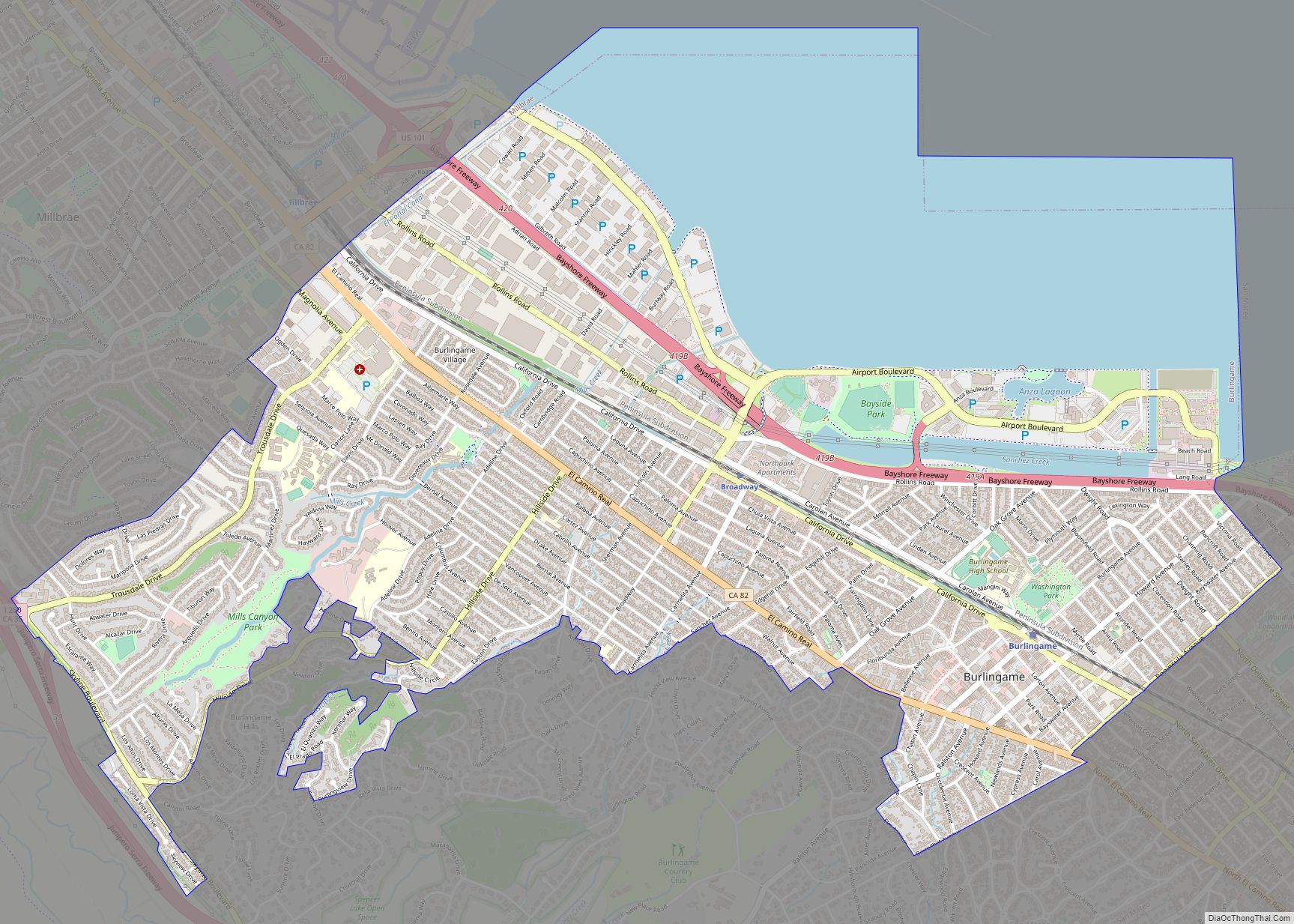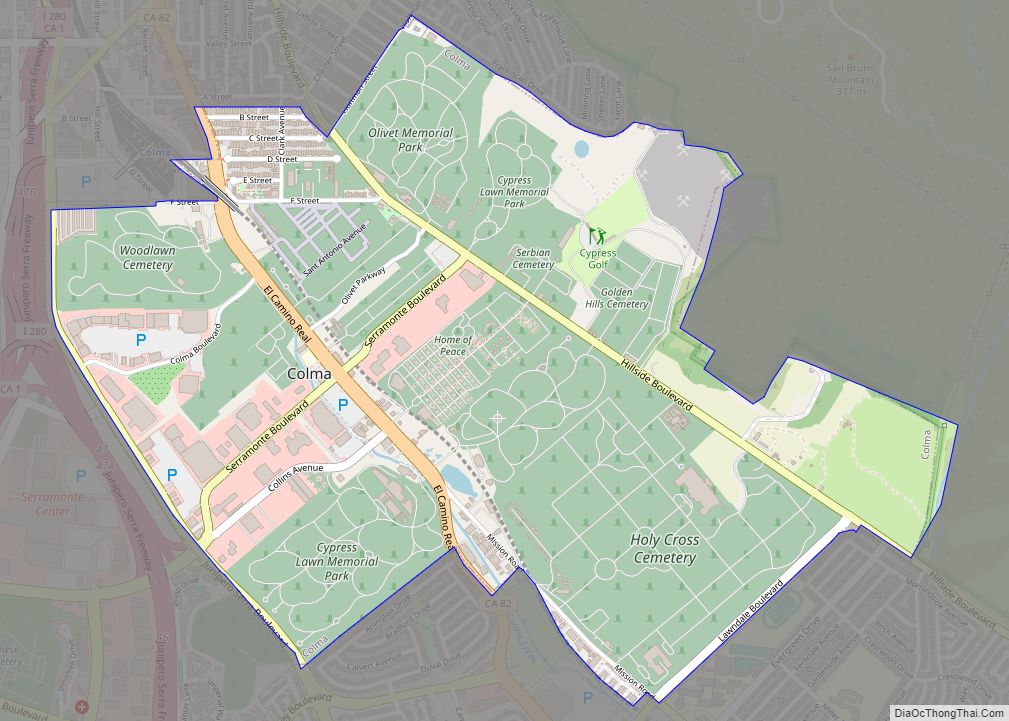San Mateo County (/ˌsæn məˈteɪ.oʊ/ (listen) SAN mə-TAY-oh), officially the County of San Mateo, is a county located in the U.S. state of California. As of the 2020 census, the population was 764,442. Redwood City is the county seat, and the third most populated city following Daly City and San Mateo. San Mateo County is included in the San Francisco-Oakland-Berkeley, CA MSA (metropolitan statistical area), Silicon Valley, and is part of the San Francisco Bay Area, the nine counties bordering San Francisco Bay. It covers most of the San Francisco Peninsula. San Francisco International Airport is located in the northeastern area of the county and is approximately 7 miles south of the city and county limits of San Francisco, even though the airport itself is assigned a San Francisco postal address. The county’s built-up areas are mostly suburban, and are home to several corporate campuses.
| Name: | San Mateo County |
|---|---|
| FIPS code: | 06-081 |
| State: | California |
| Founded: | 1856 |
| Named for: | Saint Matthew (English translation) |
| Seat: | Redwood City |
| Largest city: | San Mateo |
| Total Area: | 744 sq mi (1,930 km²) |
| Land Area: | 448 sq mi (1,160 km²) |
| Total Population: | 764,442 |
| Population Density: | 1,704/sq mi (658/km²) |
| Time zone: | UTC-8 (Pacific Time Zone) |
| Summer Time Zone (DST): | UTC-7 (Pacific Daylight Time) |
| Website: | www.smcgov.org |
San Mateo County location map. Where is San Mateo County?
History
San Mateo County was formed in 1856 upon the division of San Francisco County, one of the state’s 18 original counties established at California statehood in 1850. Until 1856, San Francisco‘s city limits extended west to Divisadero Street and Castro Street, and south to 20th Street. In 1856, the California state government divided the county. A straight line was then drawn across the tip of the San Francisco Peninsula just north of San Bruno Mountain. Everything south of the line became the new San Mateo County while everything north of the line became the new consolidated City and County of San Francisco. San Mateo County was officially organized on April 18, 1857 under a bill introduced by Senator T.G. Phelps. The 1857 bill defined the southern boundary of San Mateo County as following the south branch of San Francisquito Creek to its source in the Santa Cruz Mountains and thence due west to the Pacific Ocean, and named Redwood City as the county seat. San Mateo County then annexed part of northern Santa Cruz County in March 1868, including Pescadero and Pigeon Point.
Although the formation bill named Redwood City the county seat, a May 1856 election marked by “unblushing frauds perpetuated on an unorganized and wholly unprotected community by thugs and ballot stuffers from San Francisco” named Belmont the county seat. The election results were declared illegal and the county government was moved to Redwood City, with land being donated from the original Pulgas Grant for the county government on February 27, 1858. Redwood City’s status as county seat was upheld in two successive elections in May 1861 and December 9, 1873, defeating San Mateo and Belmont. Another election in May 1874 named San Mateo the county seat, but the state supreme court overturned that election on February 24, 1875, and the county seat has remained at Redwood City ever since.
San Mateo County bears the Spanish name for Saint Matthew. As a place name, San Mateo appears as early as 1776 in the diaries of Anza and Font. Several local geographic features were also designated San Mateo on early maps including variously: a settlement, an arroyo, a headland jutting into the Pacific (Point Montara), and a large land holding (Rancho San Mateo). Until about 1850, the name appeared as San Matheo.
Japanese Americans in San Mateo
The Japanese first arrived in San Mateo County and were part of a group guided by Ambassador Tomomi Iwakura in 1872. A number of male Japanese students came to San Mateo to learn English and many other helpful skills to bring back to Japan. These students were also some of the first Japanese to join American students in the Belmont School for Boys. These students had to work for their housing and food before classes and in the evenings. Many of the first Japanese immigrants were able to find jobs as gardeners and landscapers in San Mateo. Most of them had a good educational background from their homelands, but their lack of knowledge of the English language made it difficult for them to find other jobs in the beginning.
San Mateo County Road Map
Geography
According to the U.S. Census Bureau, the county has a total area of 741 square miles (1,920 km), of which 448 square miles (1,160 km) is land and 293 square miles (760 km) (40%) is water. It is the third-smallest county in California by land area. A number of bayside watercourses drain the eastern part of the county including San Bruno Creek and Colma Creek. Streams draining the western county include Frenchmans Creek, Pilarcitos Creek, Naples Creek, Arroyo de en Medio, and Denniston Creek. These streams originate along the northern spur of the Santa Cruz Mountains that run through the county. The northern and eastern parts of the county are very heavy densely populated with largely urban and suburban areas, with many of its cities as edge-cities for the Bay Area, while the deep south and the west-central parts of the county are less densely populated with more rural environment and coastal beaches areas.
Features
San Mateo County straddles the San Francisco Peninsula, with the Santa Cruz Mountains running its entire length. The county encompasses a variety of habitats, including estuarine, marine, oak woodland, redwood forest, coastal scrub and oak savannah. There are numerous species of wildlife present, especially along the San Francisco Bay estuarine shoreline, San Bruno Mountain, Fitzgerald Marine Reserve and the forests on the Montara Mountain block. Several creeks discharge to the San Francisco Bay, including San Mateo Creek and Laurel Creek, and several coastal streams discharge to the Pacific Ocean, such as Frenchmans Creek and San Vicente Creek.
Año Nuevo State Marine Conservation Area and Greyhound Rock State Marine Conservation Area are two adjoining marine protected areas off the coast of San Mateo County. Like underwater parks, these marine protected areas help conserve ocean wildlife and marine ecosystems.
Flora and fauna
The county is home to several endangered species including the San Francisco garter snake and the San Bruno elfin butterfly, both of which are endemic to San Mateo County. The endangered Ridgway’s Rail is also found on the shores of San Francisco Bay, in the cities of Belmont and San Mateo. The endangered wildflower Hickman’s potentilla is found near the Pacific Ocean on the lower slopes of Montara Mountain. The endangered wildflowers White-rayed pentachaeta, Pentachaeta bellidiflora, San Mateo Woolly Sunflower, Eriophyllum latilobum, Marin Dwarf Flax, Hesperolinon congestum and the San Mateo Thornmint, Acanthomintha duttonii, are found in the vicinity of the Crystal Springs Reservoir.
In May 2014, a California condor was spotted near Pescadero, a coastal community south of San Francisco—it was the first California condor spotted in San Mateo County since 1904. The condor, tagged with the number “597”, and also known as “Lupine”, is one of 439 condors living in the wild or captivity in California, Baja California and Arizona. The three-year-old female flew more than 100 miles (160 km) north from Pinnacles National Park, in San Benito County, on May 30, and landed on a private, forested property near Pescadero, on the San Mateo County Coast, where it was photographed by a motion-activated wildlife camera. Harold Heath, Professor Emeritus, of Stanford University was responsible for the 1904 sighting, 1 mile (1.6 km) west of the University campus.
Pumas (Puma concolor), also known as cougars or mountain lions, roam the county.
Tule elk (Cervus canadensis nannodes) were native to San Mateo County and among the “favored foods” of the Ohlone people based on ethnohistoric and archeological evidence there. The discovery of two elk specimens made news in 1962, one a royal elk (royal elk bulls have six tines per antler) from a peat bog excavated in Pacifica’s historic Laguna Alta, and now in the Museum of Vertebrate Zoology collection. These may date from the time of Spanish settlement. Laguna Alta lay just south of the Interstate 280 and Skyline Boulevard intersection, east of Mussel Rock. The California Academy of Sciences also has an elk skull fragment collected one mile inland from the mouth of Purisima Creek in 1951. Additional coastal elk remains dating from the Middle and Late Periods in Northern California were found in at least five more late Holocene archeological sites in San Mateo County: SMA-115 (Montara State Beach site), SMA-118 (Bean Hollow State Beach site), SMA-244 (Butano Ridge site), SMA-97 (Año Nuevo Creek site) and SMA-218 (Año Nuevo State Reserve site). On the eastern side of the San Francisco Peninsula, elk remains were also unearthed at multiple archaeological sites along San Francisquito Creek.
National protected areas
- Don Edwards San Francisco Bay National Wildlife Refuge (part)
- Golden Gate National Recreation Area (part)
Marine protected area
- Montara State Marine Reserve & Pillar Point State Marine Conservation Area
County parks
The County of San Mateo Parks Department operates 22 parks, trails, and historic sites spread throughout the county:
- ^ 149 acres of land, 538 acres underwater
- ^ Wholly contained within the Montara State Marine Reserve
- ^ Divided by State Route 1 into the 15-acre Mirada Surf West and 34-acre East.
Prior to the rebuilding of the San Mateo Bridge that began in 1996, the county had also operated Werder Pier for fishermen; it had been the western segment of the original 1929 vertical-lift bridge.
In addition to the county-operated parks, San Mateo County voters created the Midpeninsula Regional Open Space District in 1972, administered by the Peninsula Open Space Trust, which owns several protected spaces within San Mateo County (as well as within Santa Clara and Santa Cruz counties). San Mateo County protected spaces administered by POST include:
- Coal Creek Open Space Preserve
- El Corte de Madera Creek
- La Honda Creek Open Space Preserve
- Long Ridge Open Space Preserve (partially within Santa Clara County)
- Los Trancos Open Space Preserve (partially within Santa Clara County)
- Pulgas Ridge Open Space Preserve
- Purisima Creek Redwoods Open Space Preserve
- Ravenswood Open Space Preserve
- Russian Ridge Open Space Preserve
- Skyline Ridge Open Space Preserve
- Teague Hill Open Space Preserve
- Thornewood Open Space Preserve
- Windy Hill Open Space Preserve
State parks
- Año Nuevo State Park
- Butano State Park
- Castle Rock State Park
- Heritage Grove
- Portola Redwoods State Park
- Quarry Park
- Burleigh H. Murray Ranch
- Pigeon Point Light Station Historic State Park
- Point Montara Light Station State Park
- San Bruno Mountain State Park
State beaches
- Año Nuevo State Reserve
- Bean Hollow State Beach
- Big Basin State Beach
- Gray Whale Cove State Beach
- Half Moon Bay State Beach
- Montara State Beach
- Pacifica State Beach
- Pebble Beach
- Pescadero State Beach
- Pomponio State Beach
- San Gregorio State Beach
- Thornton State Beach
